Common Back Pain Questions and Answers
Lesson 5
Common Backache Questions and Answers
Having back pain essentially makes you understand the real meaning of the word pain. Whether sleeping, sitting, standing, walking or doing any activity, back pain can deny you peace, depending on its intensity.
It’s estimated up to 8 in every 10 people in the UK are affected by back pain at some point in their lives.
When should I contact my GP
This guide is designed to give advice on what to do if you have back pain and suggest ways you can help prevent it.
You should contact a GP immediately if you have back pain and:
- numbness or tingling around your genitals or buttocks
- difficulty peeing
- loss of bladder or bowel control
- chest pain
- a high temperature of 38C or above
- unexplained weight loss
- a swelling or a deformity in your back
- it does not improve after resting or is worse at night
- it started after a serious accident, such as after a car accident
These problems could be a sign of something more serious and need to be checked urgently.
Physical examination, in the context referred to as physiotherapy (Physical therapy) really, helps in establishing the possible cause of the pain. The physiotherapist can ask a simple question as, "When did the pain begin?" or "which part of the back is the pain intense?".
Such easy-to-answer questions are important when responded to with accurate feedback. Understanding possible causes and perhaps treatments can be a good starting point for you to deal with the pain in your back or spine.
It’s advisable to prioritize health among other important aspects of life. In the event of booking an appointment with your physician, some common questions can run through your mind. Let’s look at some possible answers to them.
Question: Potentially, what mainly causes back pain?
Generally, there are many causes of back pain; it depends on a novel context. In some cases, it might be due to trauma. Perhaps in the event of a car accident or a fall from heights, can really lead to pain in your back.
Other possible cause of back pain could be body posture maybe when sitting down or lying on a flat or slanting surface; this can strain/sprain your back muscles.
Degenerative challenges which come along with aging, are also a possible cause of back pain.
Question: When is the opportune time to call a physician?
Depends on the situation you’re in. If it’s the first time you experience it and for some reason it gets persistent, contacting your doctor will be highly recommendable.
Question: Could there be exercises that can aid in relieving pain in the back?
This is not a closed-ended kind of a question; there’s no one ideal exercise that will cut across in different situations involving back pain. There are many exercises that a physician can recommend to you, after evaluating your condition.
It’s always advisable to seek medical attention in the instance of persistent back pain; this way, the physical therapist will prescribe to you the appropriate exercise.
Question: If there’s back pain does it always translate to a problem in the spine?
In some perspectives, back pain is a reflection of spinal problem. To end up with this conclusion, an evaluation by a physiotherapist is highly recommendable since some pain could be due to something else.
The spine is composed of ligaments, muscles, nerves, disks, and small bones called vertebrae. Its structure, naturally, is designed to absorb shock from the body weight as well as being subject to flexible movements.
Wear and tear of the vertebrae lose size and fluids that aid flexible movements.
Possible friction between vertebrae will cause sort of an acute or mild pain depending on the situation.
Question: After being diagnosed with a herniated disk, is surgery perhaps the only way to go?
Spine surgery is not the only approach to treat herniated disk. Alternatively, through physiotherapy, the pain and spasms can be reduced significantly. This approach can even restore flexibility and movement gradually. As always, when the pain persists, spine surgery can be taken as the last option.
Question: Why will a physical therapist refer you to a psychotherapist?
At times body pain can cause psychological instability. When your physician observes or anticipates psychologically related issues like anxiety or depression, referral to a psychotherapist is of great importance. Mechanisms like relaxation will really help you to cope when the pain gets somehow chronic.
The physiotherapist will have to evaluate your progress with maybe exercises or other methods before prescribing to you any medication. He has to consider the side effects among other factors. This works best when committed to one reliable physician.
Question: Are there other remedies to back pain apart from surgery, physiotherapy, and medication?
There are a number of alternatives. You can choose acupuncture, herbal remedies, spinal stimulation, radiofrequency rhizotomy among many other remedies, with an advice from a reliable physiotherapist.
Meanwhile, it's indeed important to remember that health is a priority among priorities. The subject of time comes into perspective in the sense that, when first you encounter back pain, act promptly by seeking medical attention from an experienced and reliable physician.
Back Pain Facts
Back pain is a pretty poorly understood physical ailment, which is confusing considering that four out of five of us will experience it at some point in their lives, and half of us will have it this year. And perhaps it is because it is so common that we disregard it so much.
After all, if back pain is just something which happens to us, it is easy to disregard it the same way we disregard a cold or a small bruise.
But unlike with a cold or a bump, back pain is rarely something that happens to us randomly. Usually it is caused by our life in some way, shape, or form, and if we ignore it and it may actually go away. So we must become more back pain aware if we are to avoid it as much as possible.
Fact: Back pain can happen to any of us.
Many people assume that they are too young to get back pain, or too old for it to start from nowhere. Others assume that their back pain was inherited from their parents, or that because it does not run in the family, they will never get it. In reality, back pain can affect anyone as it has many causes.
Fact: Back pain is a sign something is wrong.
Another false assumption is that back pain is a matter of bad luck, like catching a cold, and we cannot do anything about it. However back pain is almost always a sign that we have an injury, poor posture, or even a degenerative condition which needs treating.
Fact: Back pain progresses.
Not all back pain will get worse. It has actually been found that back pain rates go down around retirement age, due to better posture and more rest. But back pain can and will get worse if you do not treat it.
Fact: Back pain can go away at any time.
Another assumption that we make is that back pain is just a part of who we are, of how our life is lived, or a genetic thing we cannot handle. However, we must remember at all times that back pain could potentially go away, so we cannot give up hope.
Fact: Back pain is a symptom, not a disease.
The way we talk about back pain we often consider it a disease that needs treating directly, usually with massage or medication. But because your back pain was caused by something, it will come back if you do not remove the cause.
Fact: Being fit and healthy can help avoid back pain.
Being a healthy weight and having strong muscles can encourage your back to build up, which will correct your posture, build bone density, and generally make you less vulnerable to back pains of any kind.
Fact: It is wise to let your back support itself.
Many people turn to hard mattresses, supportive chairs, ergonomic furniture, and corsets to force their back to be upright at all times. But not moving or using your back enough is as bad as slouching or hunching over. By moving too little our muscles can waste and then we will not be able to hold our backs on our own.
Fact: The spine is strong, resilient, and heals well.
If you watch enough movies you would be forgiven for assuming that the spine is as strong as a dry stick and will break at the slightest provocation. However, it is actually very well designed and incredibly robust. And it can heal back that way too!
Fact: There is no one cure for back pain.
Back pain is not one condition, as we have discussed. It is a symptom which could be caused by any number of other ailments. So we cannot cure it with a pill, or a special exercise. We must treat the cause instead.
Fact: Any treatment is good treatment.
If your pain is virtually unbearable, do not worry about not seeming “genuine” if you need paracetamol, acupuncture, or a special massage to feel less pain. It is your body and any method of pain relief, proven or doubted, is good if it helps.
The Causes of Back Pain
Statistically speaking, almost eight out of ten people will suffer from back pain in their lifetime. While it is pretty clear that the condition is common, and usually only occurs once or twice, there are times when even more complications occur as well.
So, the thumb of rule, in order to prevent that sharp pain in the back as much as possible is to stay fit and flexible among other things such as a good posture.
Believe it or not, one of the most common reasons why people visit a doctor is due to back aches.
So, in order to understand how to prevent back pain in the future, it’s a good idea to pay attention to the causes of back pain, so that you can ensure that it never happens to you, as much as possible.
Some of the most common causes of back pain are as follows:
Posture
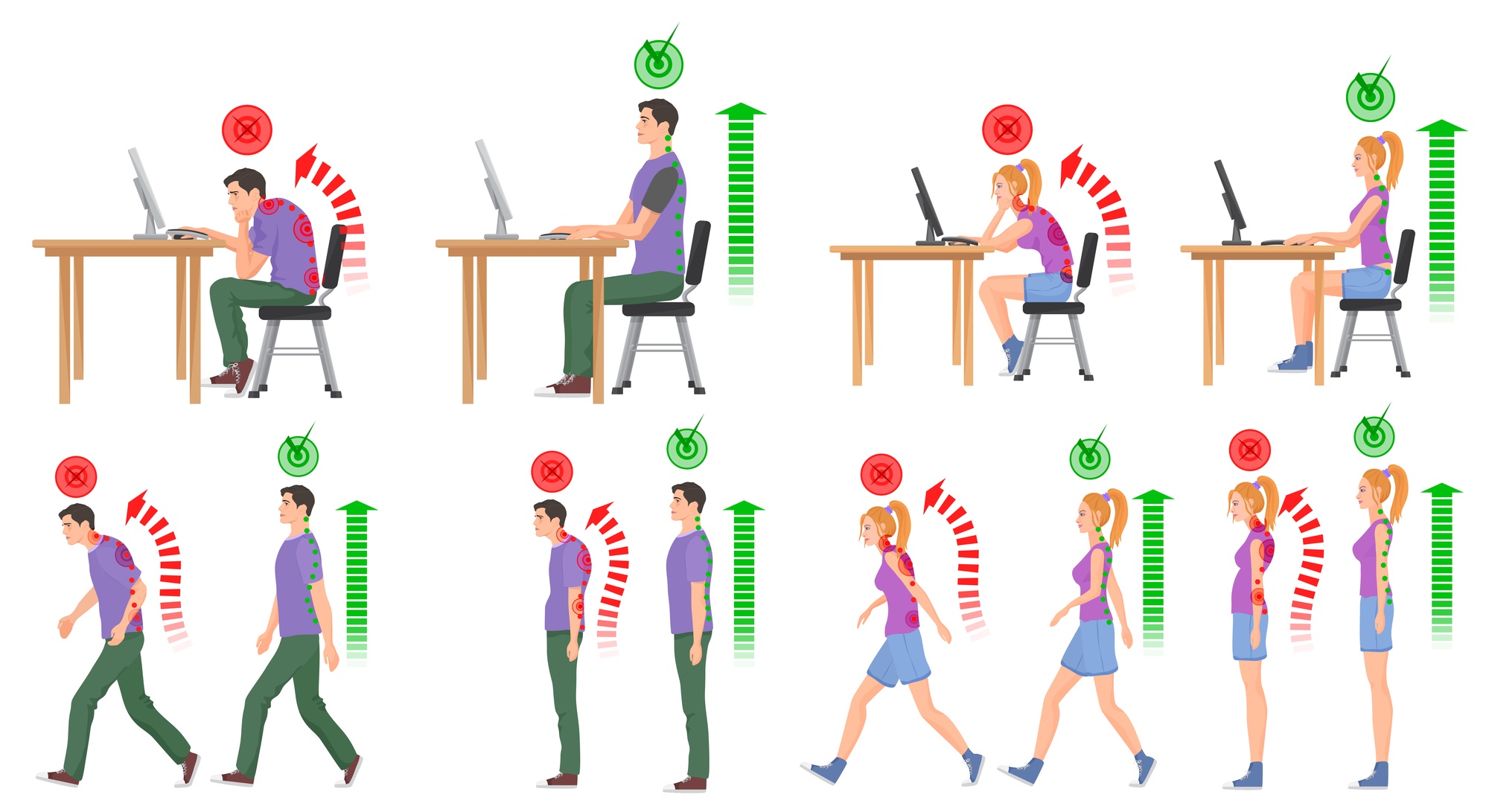
Posture is one of the most common causes why back pain occurs, and this could pertain how you sit (at work), stand, sleep, talk on the phone and even when you are driving. This should come as no surprise as the reason for back pain is usually most often associated with the way our bones, muscles and ligaments work.
Lifting heavy objects the wrong way
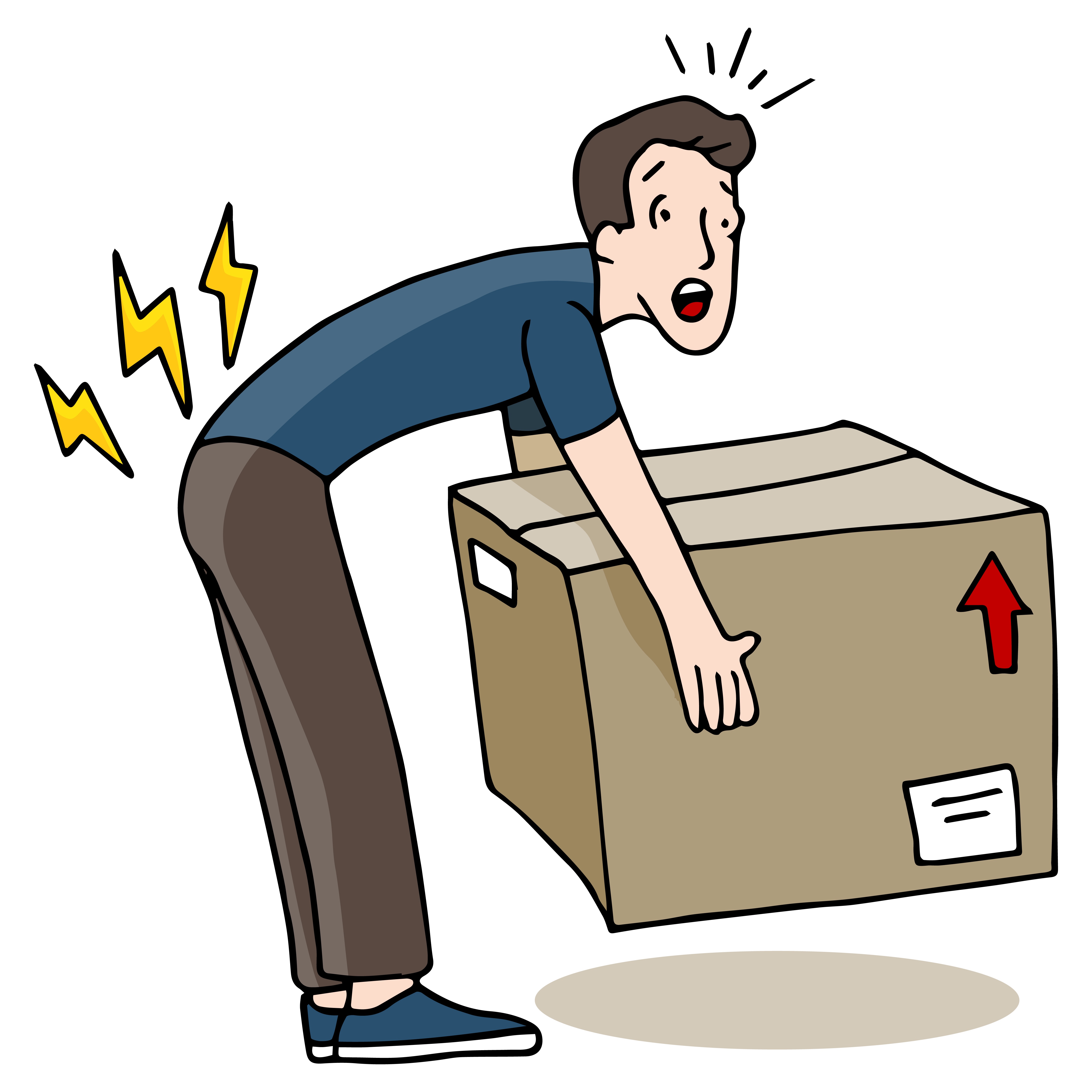
For the most part, people assume that lifting heavy objects might cause back pain but that it isn’t true. It is the manner in which you lift these heavy objects using the back instead of your legs. Come to think of it: Why would weight lifters not end up with back pain too if this was so?
Exercise
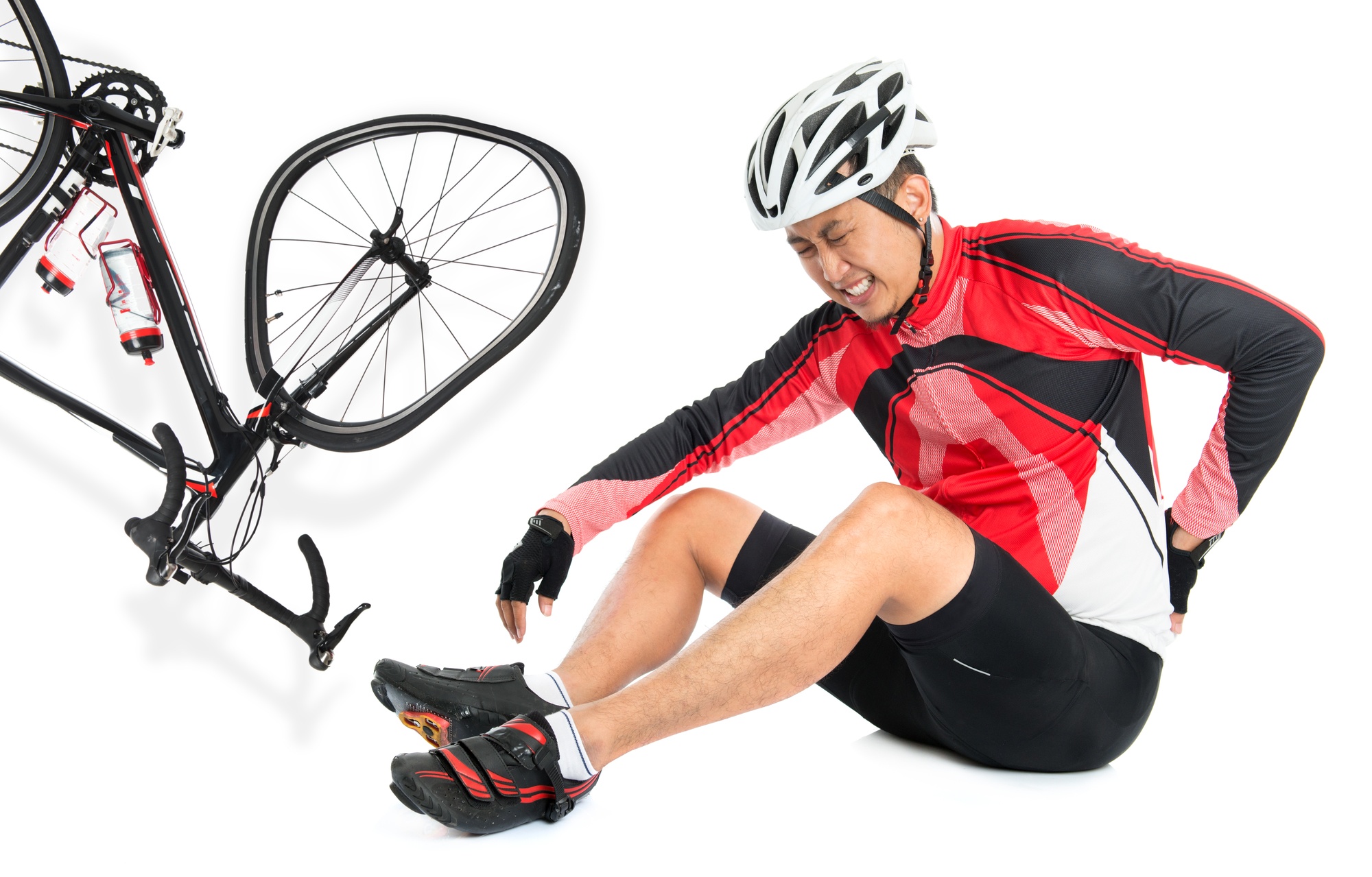
Yet another myth that discourages people from working out is the assumption that exercise can cause back pain. Yet again, and like lifting heavy objects, it’s the way you exercise that will result in injury (in the form of back pain) or a fitter and flexible body.
Some sports may make you vulnerable to injury but in most cases, you become stronger and more resilient against accidental injury.
A sedentary lifestyle
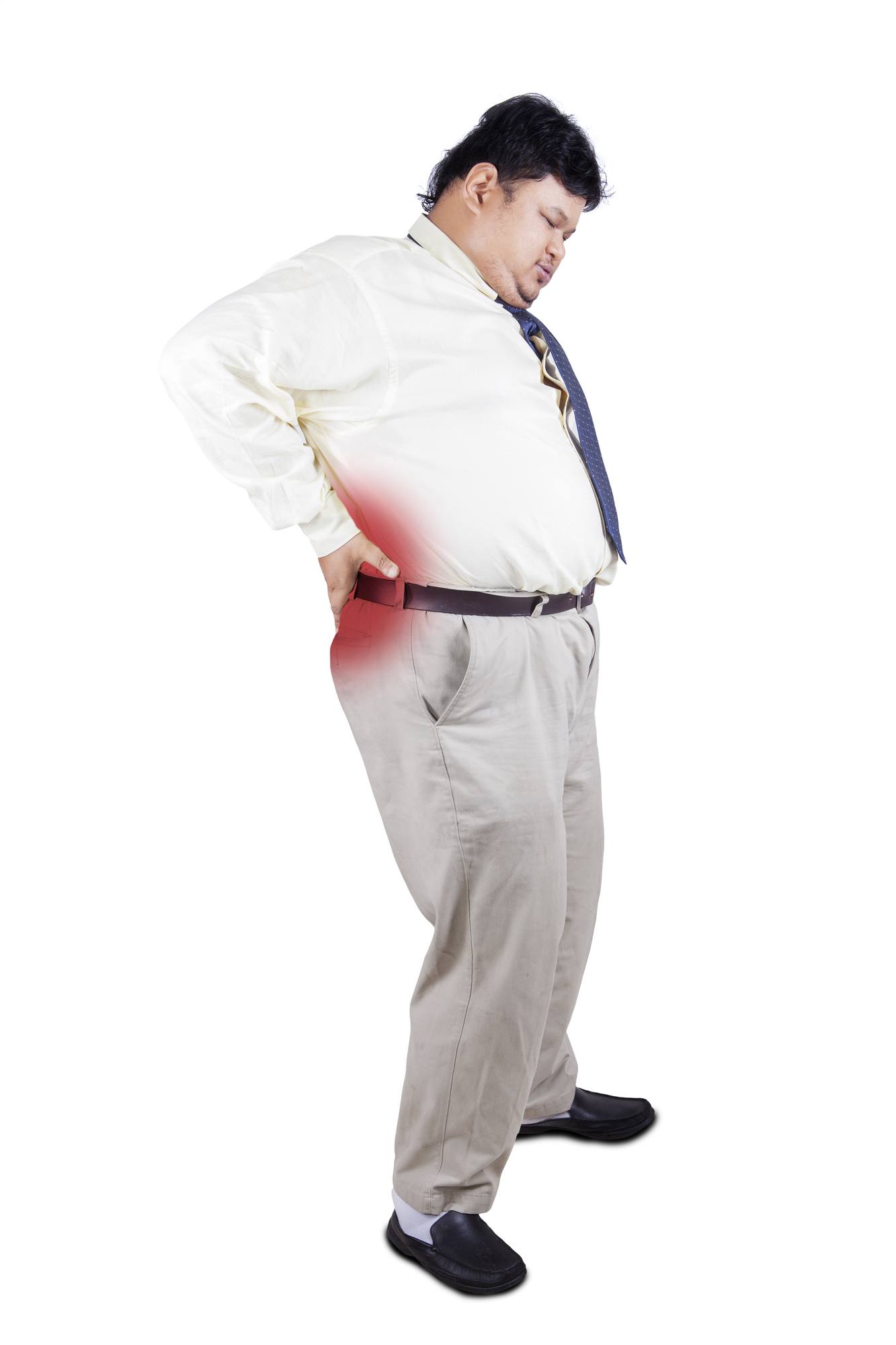
Without a doubt, a lazy lifestyle combined with horrendous posture almost always leads to backaches. It’s no surprise that doctors and fitness professionals insist on people exercising for at least 150 minutes a week just so that as they get older (as soon as 35 to 55 years of age) they won’t have to struggle with back pain.
The lumbar spine or the low back is the region of the spine that is most vulnerable to the effects of being overweight or obese.
To compensate for the extra weight, the spine can become tilted and unevenly stressed. The result is that the back loses its proper support and develops an unnatural curvature.
In addition, people who already have pain and back problems are aggravated by obesity. People who have extra weight in the abdomen are mostly affected because their excess weight pulls their pelvis forward. The excess weight also strains the lower back, thus, creates lower back pain.
The American Obesity Foundation reported that women who have large waist size or obese are at risk for lower back pain, in particular.
Other lifestyle choices such as drinking and smoking

Both these choices affect the circulation system of the body, and this in turn, affects your disks of the spine as well. While moderate drinking might not be so risky, smoking definitely has been considered to be one of the biggest reasons for back pain.
ankylosing spondylitis
The symptoms of ankylosing spondylitis vary. It’s often characterized by mild to moderate flare-ups of inflammation that alternate with periods of almost no symptoms.
The most common symptom is back pain in the morning and at night. You may also experience pain in the large joints, such as the hips and shoulders.
Other symptoms may include:
- early morning stiffness
- poor posture or stooped shoulders
- loss of appetite
- low-grade fever
- weight loss
- fatigue
- anemia or low iron
- reduced lung function
Because ankylosing spondylitis involves inflammation, other parts of your body can be affected as well. People with ankylosing spondylitis may also experience:
- inflammation of the bowels
- mild eye inflammation
- heart valve inflammation
- Achilles tendonitis
While ankylosing spondylitis is primarily a condition of the spine, it can impact other parts of the body, too. Learn more about the many ways ankylosing spondylitis affects your body.
What causes ankylosing spondylitis?
The cause of ankylosing spondylitis is currently unknown.
The disorder does tend to run in families, so genetics probably play a role. If your parents or siblings have ankylosing spondylitis, research estimates you’re 10 to 20 times more likely to have it than someone with no family history. Check out these five warning signs of the condition to see if you may be experiencing any of them.
Piriformis Syndrome
Piriformis syndrome is a condition in which the piriformis muscle, located in the buttock region, spasms and causes buttock pain. The piriformis muscle can also irritate the nearby sciatic nerve and cause pain, numbness and tingling along the back of the leg and into the foot (similar to sciatic pain).
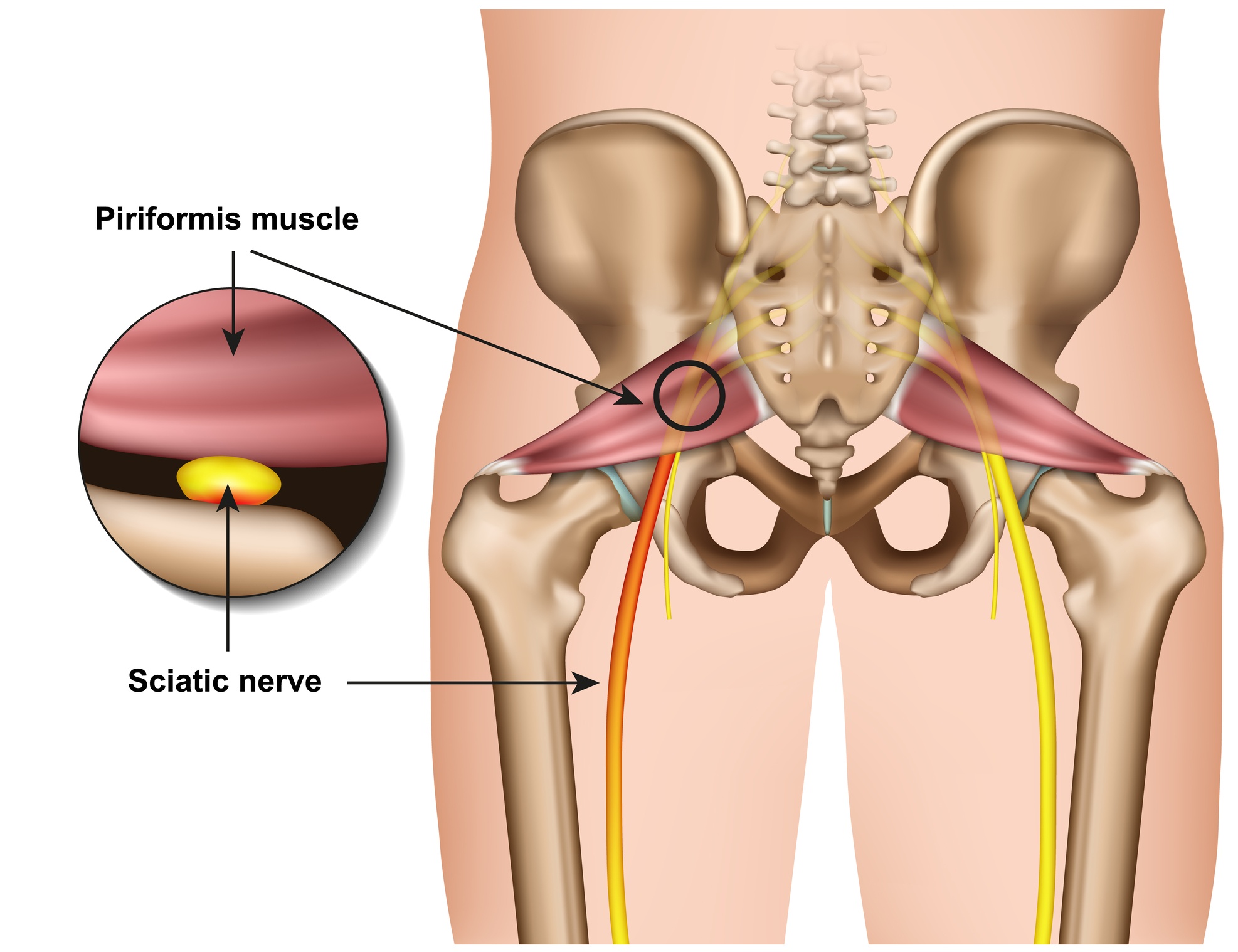
See What You Need to Know About Sciatica
Check if you have sciatica
If you have sciatica, your:
- bottom
- backs of your legs
- feet and toes
may feel:
- painful – the pain may be stabbing, burning or shooting
- tingling – like pins and needles
- numb
- weak
Your symptoms may be worse when moving, sneezing or coughing.
You may also have back pain, but this is not usually as bad as the pain in your bottom, legs or feet.
Information:You probably do not have sciatica if you only have back pain.


Back Pain During Pregnancy
Back pain is one of those pregnancy symptoms which you expect, but can never truly understand until you live it. This is because back pain from pregnancy is unique. Back pain from poor posture, a fracture, or a genetic condition all have their own distinct feelings, and pregnancy back pain is no different.
In pregnancy your back is aching for two reasons. First of all, your body is pumping out a hormone called relaxin. Relaxin is a wonderful thing. It literally loosens every collagen-based tissue in your body.
This means that your abdominal muscles will stretch to fit your bump, your breasts can grow without tearing your connective tissue, your hips loosen to pass the baby through, and your skin gets looser all over to reduce tears and stretch marks.

But relaxin can't pick and choose which parts need to relax! This means that the connections between your spinal disks will also relax, making them vulnerable to straining.
Secondly, your whole weight distribution is changing. As your bump grows and your hips loosen, your weight shifts forwards into your belly and down away from your hip. Much like continually carrying a backpack would do, this extra strain is pulling on your spine, putting you at risk of soreness and even injury. However just because these things are natural does not mean you have to put up with them!
When you are suffering back pains, remember that there are some painkillers which are safe to use when pregnant. Talk to your doctor about healthy doses of over the counter and prescription medicines, which could take away some of the pain, especially the inevitable pains from stretching.
Exercising can alleviate back pain. It may seem like you have no energy for exercise, but even if you just focus on one or two back building moves, it will make the world of difference. Some women find that performing exercises such as rows or bicep curls at a light weight does not interfere much with the bump, but allows them to make their upper back stronger, taking a lot of pressure off the lower back.
Eating right is essential for a strong back during pregnancy. For starters, you do not want to gain too much weight. You are gaining weight fast enough as it is, and any extra puts unnecessary pressure on your spine, risking injury and pain. But you also do not want to miss out on vital nutrients, as this can lead to muscle wastage and loss of bone density. Eat a diet high in micronutrients, with enough calories to sustain a healthy growing bump.
Avoid using clothes that are too restrictive. Because your weight distribution is changing, so is your center of balance. Your body is designed to handle this. You will slowly begin walking with more of a waddle, with your feet further apart, your hips swinging more, and your arms up to protect your bump. This not only allows your baby to grow quite big, but also makes you less likely to fall and get hurt.
When we use restrictive clothes such as corsets, fitted dresses, or high heels, we are putting ourselves at more risk of falling. These clothes interfere with the natural adaptations of our bodies. And the constant wobble of trying to avoid falling wreaks havoc on our spines!
Near the end of pregnancy, avoid the temptation to spend all day in bed. You may feel completely and utterly exhausted, but when it comes to muscle if you don't use it, you lose it. A little mild activity every day will protect you against developing a weak back, and will keep the joints lubricated, preventing back pains.
Finally, remember that pregnancy puts you at risk of osteoporosis. Although for many women this happens much later on in life, some women develop osteoporosis during pregnancy as a consequence of poor diet or genetic factors.
If you feel that your spine is continually sore, or you feel a cracking pain in one specific area, see your doctor about this. Osteoporosis combined with the pressures of pregnancy puts you at serious risk of a spinal fracture, so you need to keep an eye out if you develop early osteoporosis.
How Footwear Affects Back Pain

Wearing the appropriate shoes for many people, can be a tangled web of hard decision making. Which shoe will give you the best support for all the various activities a person does? Some sneakers are made for walking, running, and some are made especially for working out at the gym.
There are so many different varieties of footwear that a person can buy that will either do good or harm the structure of one’s feet. A lot of the times, it’s too late to know if a shoe is doing you good until you begin to feel the discomfort of it’s expression.
The way we walk throughout the years, and not only what we put on our feet can definitely cause conditions such as sciatica, out of line discs, and other spine disorders. Today, we are going to be looking into how footwear will affect back pain.
Understanding What’s Going On
Keep in mind that to step appropriately, the foot should come down to the ground, hitting the heel first. After that, your arch should roll inward, bringing the ball of your feet, as well toes on the ground so you will be able to push off for another step. Not having the correct footwear on can absolutely affect how a person takes their regular steps.
You could even develop a condition called underpronation and this will happen when a person’s arches don’t roll in enough. This could also result in insufficient shockwave absorption. Keep in mind that when a person’s feet do not absorb shocks, a person’s spine will then be jolted. What will this lead to? Well, when a person’s spine is jolted, it could very well lead to a likely herniation of one’s disc, as well other various spine problems.
Another condition that could lead from wearing the wrong footwear is a condition by the name of Overpronation and this happens when the arches roll a little bit too far in. This, unbelievably, could lead to your whole lower physique rotating inward.
The actual chain response of bone, as well muscle movement and this type of condition will cause an amplified strain on a person’s lower back. You should take into consideration that any type of high heel isn’t great for your feet because high heels can throw off your alignment, adding extra stress, as well strain on a person’s lower back.
Don’t think that you can get away with flipping around with flip flops during the summer because these shoes are so extremely flat that the lack of support can lead to heel pain, arch pain, as well ankle and knee pain.
What Are the Best Shoes for Back Pain?
That’s a great question because we all need to be wearing the correct footwear for our daily functionalities. Below in a listing format, we are going to be providing out some of the best and worst types of footwear when it comes to back pain.
•High Heels: Although they are very pretty, high heels are so bad for your back pain and it will tend to get worse if you already suffer with back pain to begin with. The higher the heel on the shoe will essentially cause you to walk with your back bent and place added pressure upon your knees. All of this will lead to the worsening of your back pain.
•Flats: Flat shoes or ballet flats are the one leading cause of back pain when it comes to status quo, bad shoes. Unbelievably, but flat shoes can cause 25% more impact on your back than high heels! Why is this?
Well, it’s because most flats have been made with thin material, in which do not offer support to a person’s natural arch.
•Running Shoes: In general, running shoes are amazing for back pain because they have been designed for running, supporting that natural arch, and so on. Most running shoes will offer out a mesh cushion for that extra support as well. Running shoes have been designed to give your natural arch more of a cushion when walking or running, giving you that natural spring to your walk or run.
•Any Shoe with Support: This will cover many different types of shoes and it’s hard to select just one shoe and tell you to go with it because there are support sandals, support clogs, and so much more! What you need to know is that any shoe with a natural arch and support for the whole foot is needed to keep your knees and back in great shape.
If you’re more into wearing high heels, you do not need to never go over the two-inch mark, as this will add extra pressure on your back and knees.

